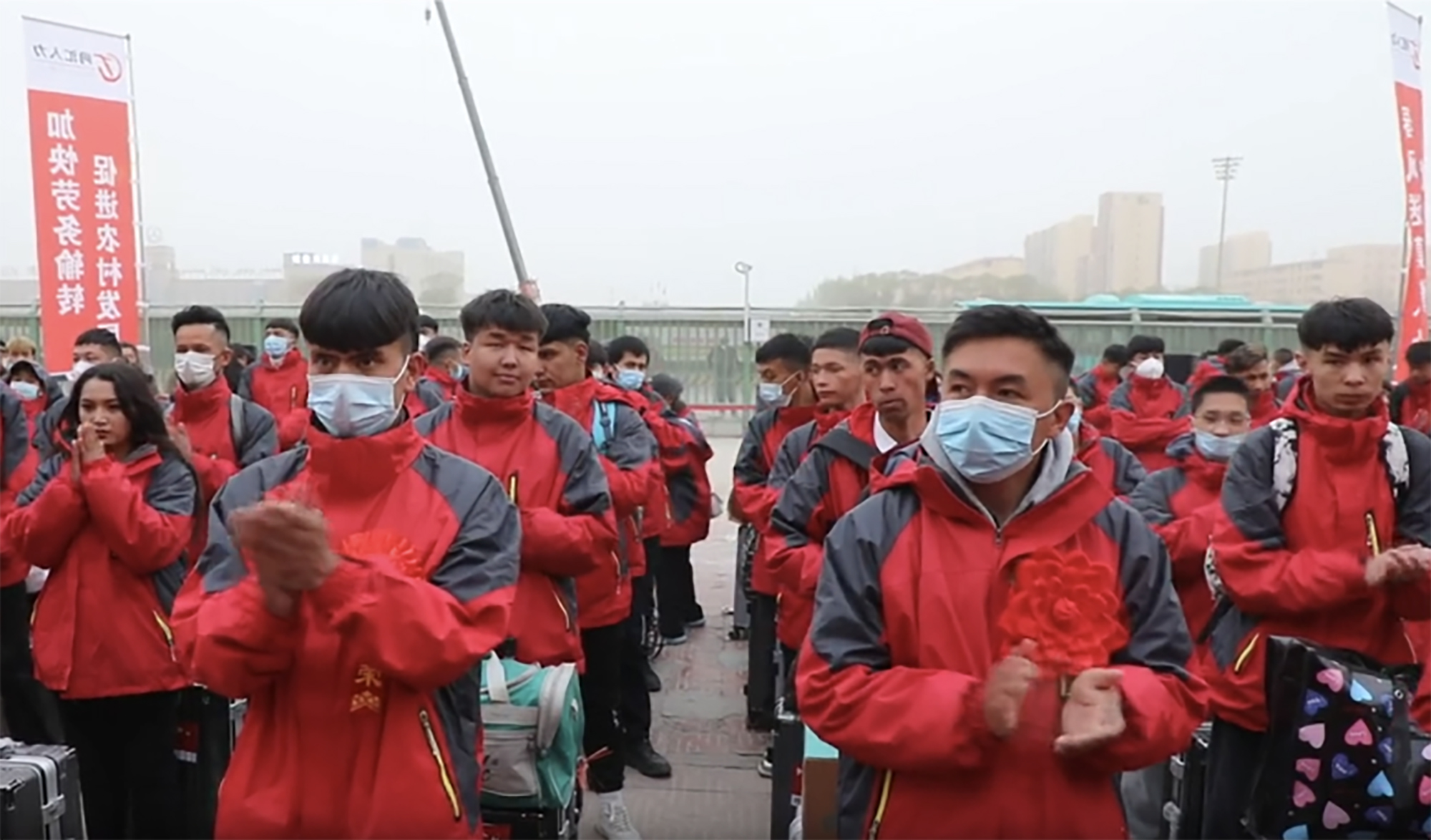Episode highlights:
- Nowhere is more difficult to report than China, and seafood is an unusually tough product to investigate. Host Ian Urbina explains the various reporting methods his team needed to employ over four years to track how seafood gets from bait to plate;
- Right at the heart of this secretive supply chain, the team finds forced Uyghur labour, with the cascading effects of family separation, relocation and a plummeting birth rate. The international community has scrutinised China’s human rights abuses against this predominantly Muslim ethnic minority, and specific laws were set up to protect them from exploitation – but the Uyghur people’s role in seafood production was totally off the radar. In total, we identified forced Uyghur labour tied to seafood imported to more than 20 countries, including the US and Canada; and
- Ian reflects on the many costs hidden along this complex supply chain, and the larger question: how have we allowed the seafood we eat to be so thoroughly comingled with environmental and human rights abuses? What is the true cost of the low prices we see on our seafood? And who’s really paying for it?
/file/dailymaverick/wp-content/uploads/2025/07/Screenshot-2023-09-21-at-12.32.44-PM-copy.jpg)
/file/dailymaverick/wp-content/uploads/2025/07/pasted-image-0-copy-2.jpg)




 A still from a video uploaded to a Chinese government Douyin account in 2023 depicting a labour transfer organised by the Kashgar authorities. (Photo: Douyin, Kashgar Media Center)
A still from a video uploaded to a Chinese government Douyin account in 2023 depicting a labour transfer organised by the Kashgar authorities. (Photo: Douyin, Kashgar Media Center)